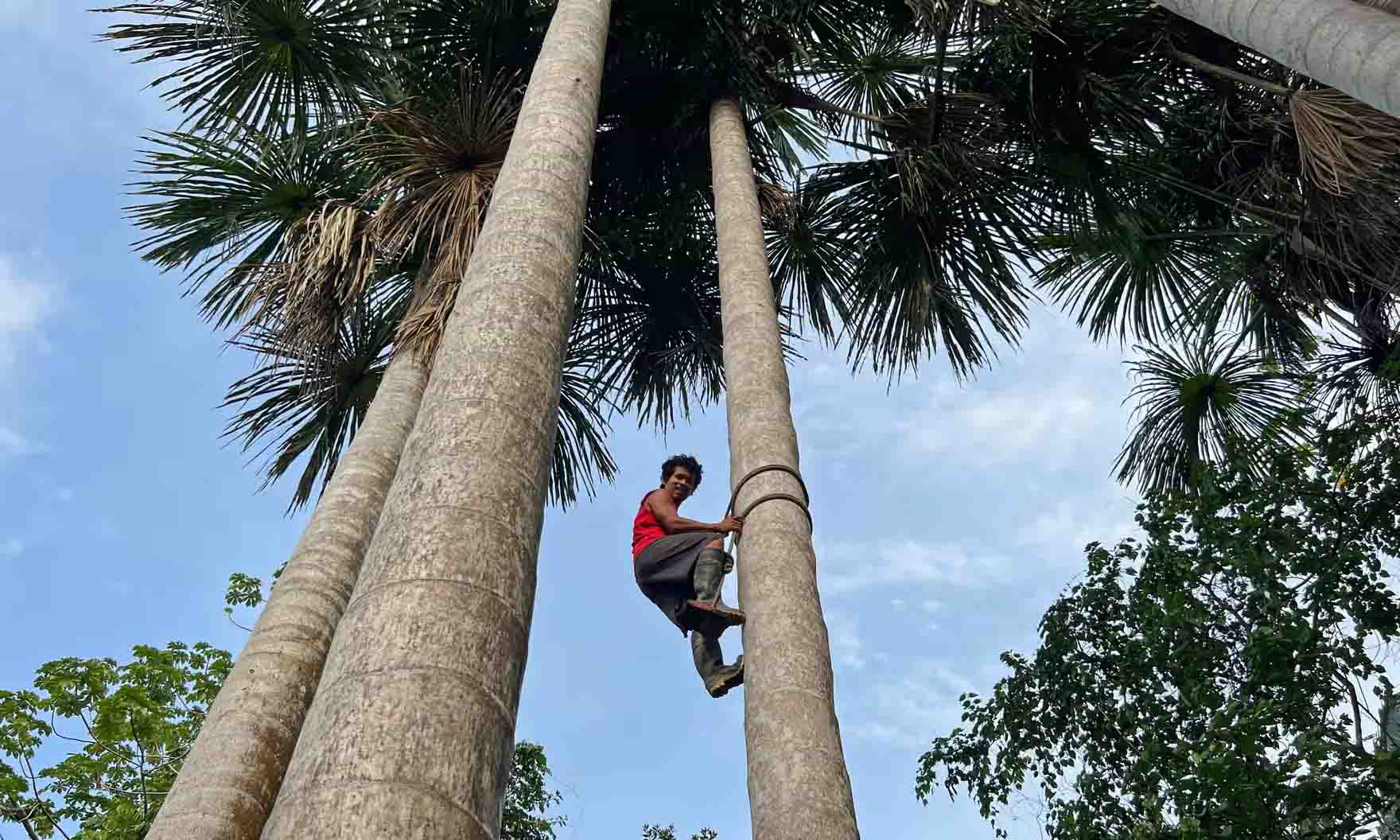
Into the Peruvian Amazon: ‘I’m going to show you good things. Let’s start with an anaconda’ | Travel News
It is universally acknowledged in explorers' stories that the Amazon is perilously dangerous. If electric eels, piranhas, stingrays, and caimans don't attack one, swarms of biting insects and snakes will. Everything in the jungle seems intent on eating a person or laying eggs under their skin.
Swimming is especially risky in this watery world. When naturalist, explorer, and writer Redmond O’Hanlon traveled upriver, he used a cricketer's protective box to urinate through, guarding against the notorious candiru fish that supposedly swims up the urethra and gets stuck. For men, amputation might be the only remedy. In the era of traditional exploration, mostly men ventured into the wild, and those who survived were either cricketers or wore extremely tight-fitting swimwear.
Today, additional dangers include drug gangs, drought, forest fires, and Pablo Escobar’s hippos—introduced by Colombia’s infamous drug lord. Finding the Amazon is also a challenge due to extensive deforestation by chainsaw-wielding proto-dictators, leaving behind a massive desert of genetically modified soybean triffids.
As one stands on the riverbank, they watch a flock of thousands of parrots fly across the frothy fringe of the primary jungle lining the far side. They are about 30 miles (50km) upstream from Iquitos, the main city of the Peruvian Amazon. The journey started in the Bolivian mountains, trekking past the headwaters of the Apurímac and Marañón rivers, followed by a short flight to Iquitos. From there, they will travel on various boats to Belém, Brazil, at the Amazon's mouth.
They board a canoe and observe pink river dolphins rolling in the water ahead. On the banks, the birdlife parade is continuous: five types of kingfisher in the first 20 minutes, and birds from ani to zigzag heron—entire bird families they've never encountered. Their home for the next few days is the charming thatched Pacaya Samiria lodge, a birdwatcher’s riverbank paradise. They then head into the Pacaya Samiria National Reserve, a two-million-hectare jungle home to thousands of Indigenous people. They tell their guide, Rody, about the Amazon's perilous reputation abroad and the modern dangers it faces. He nods, acknowledging the changes and challenges, but remains optimistic and eager to show them the good aspects, starting with an anaconda.

After a two-hour journey upriver, they set off through the jungle, spotting a tree rat and a female spectacled caiman. Mostly, they see parts of creatures: the shadows of curassow birds, a woodpecker’s red cap, and a tamarind monkey disappearing. They don't find an anaconda.
Back on the river, a man in a village asks if they want to see an anaconda he caught in his fishing net. The eight-foot snake is powerful and constricts around the fisherman’s arm. He introduces himself as Alexander and shows them around the village, where they now protect turtle nests and sustainably harvest eggs. This approach is helping to increase the turtle population and provides some income for the village.

As they return to the lodge, they reflect on the disparity between the Amazon's reality and its image. Remembering Redmond and his cricket box, they ask Rody if anyone swims across the Amazon. He doesn’t dissuade them, so they take it as approval and dive in. After a strenuous swim, they eventually make it to a distant mudbank, startling at a log they mistake for a caiman.
Back at the lodge, Rody tells them a horror story about electric eels. After several days, they return to Iquitos, a city rooted in the rubber boom of the 19th century. The brutal demand for rubber led to terrorizing locals into slavery and the construction of grand houses along the waterfront.
From Iquitos, riverboats travel 600 miles downstream to Leticia, where Peru, Colombia, and Brazil meet. Due to low water, they take a smaller, faster boat instead of the four-day slow boat. For 16 hours, they see only primary rainforest on both sides, stopping occasionally at tiny shacks in the green ocean of jungle.

The trip feels like a journey to the heart of the Amazon, where all its problems and pleasures converge. They feel a mix of excitement and apprehension as they venture deeper into this vast, enigmatic rainforest.
The trip was provided by Sumak Travel, which offers sustainable, tailor-made trips across Latin America, including community-based and Indigenous tourism initiatives. Their private seven-day tour of Lima and the Pacaya Samiria reserve in the Amazon rainforest starts at £1,385 per person ($1,759 approx), including accommodation, a domestic flight, guided activities, transport, and most meals, excluding international flights.
The final part of Kevin Rushby’s Amazon journey will appear online on 8 July.
Check Our Suggested Tours:
- Honeymoon In Peru - Peru Honeymoon Packages
- Peru By Belmond Tour
- The Soul of Two Worlds: A Grand Amazon & Andes Expedition 14d/13n
- From the Heart of the Jungle to the Sacred Mountain: A Luxury Expedition Through the Amazon & Ausangate 16d/15n
- Following the Path to the Sacred Sun Gate
- Family Adventure Tour
